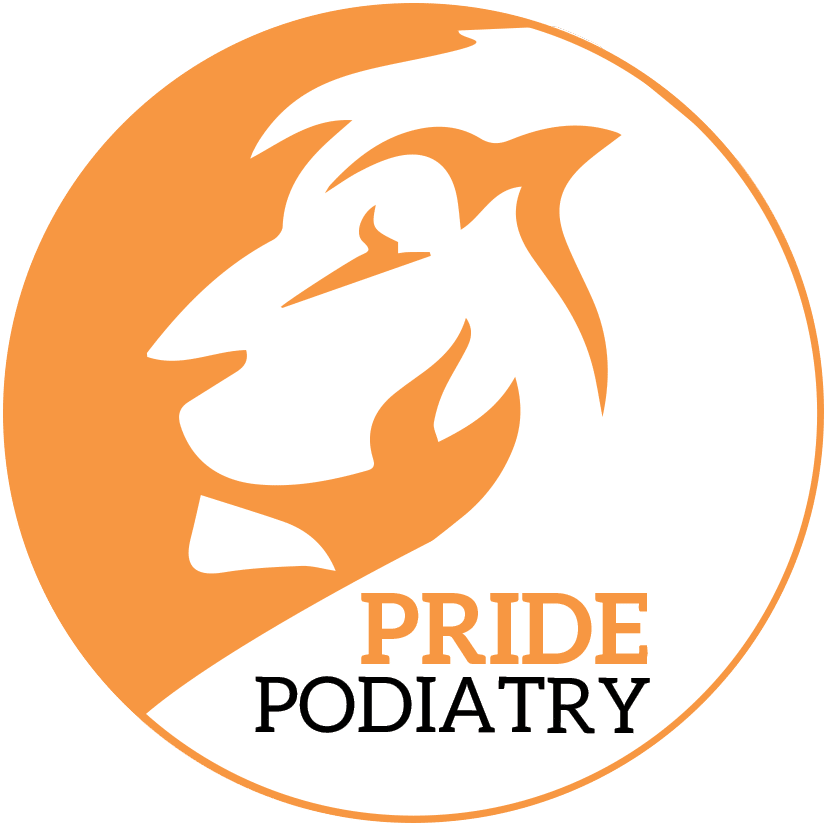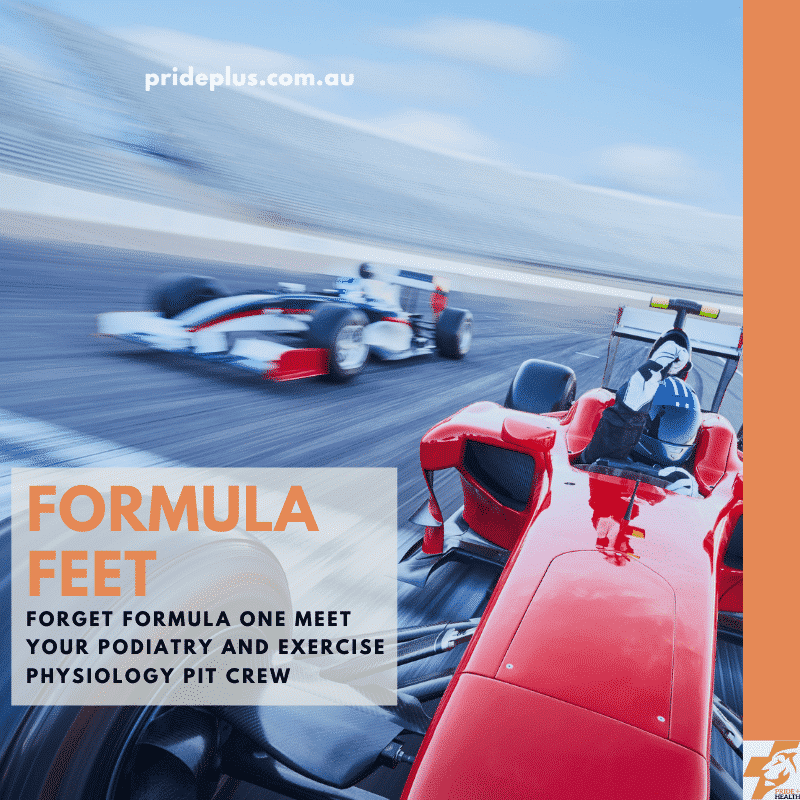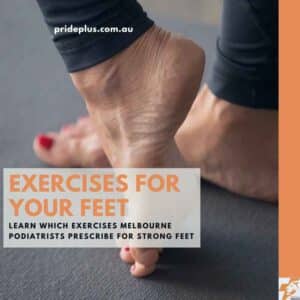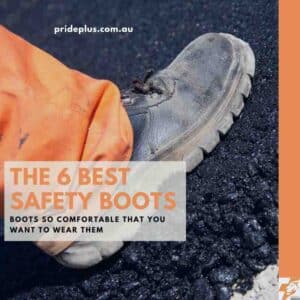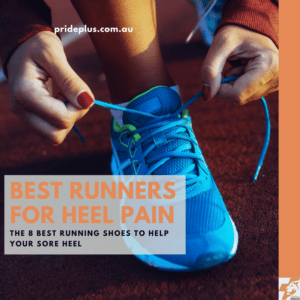Watching the Netflix Formula One show Drive to Survive and it suddenly hit me. This is just like us! This racing business is the same as podiatrists and exercise physiologists working together.
The precision and expertise on display during a pit stop is a beautiful dance. Every person is trained and perfect in their roles. Each working at their best to achieve the goal of the team. Get the car back out and race as fast as possible.
Well, I’m not the first to connect what an F1 team does to a healthcare team. In the past hospitals have copied, no, been inspired by F1 pit crews to improve the safety, speed and outcomes.
A British Children’s Hospital learned from the Ferrari Formula One team and found that by implementing pit stop practices they were able to reduce errors and improve the health outcomes for their patients.
Well, just like Formula One and now forward thinking hospitals, we’ve been working together to get great foot pain results as well. Podiatrists and exercise physiologists, each leaning into our excellence where we have clear strengths and roles to get you fuelled and racing again.
You’re much more valuable than a Ferrari
First, I’ll admit that while I’ve gotten into F1 and admire the engineering magnificence of the cars. You are so much more complex, interesting and deep than a Ferrari will ever be.
There’s plenty of people who like to think of their bodies like machines or cars. Their feet are sore so they need new tyres (shoes). They need better fuel (veggies over processed foods). Their knee is injured so it needs to be replaced like a quarter panel after a bingle.
While there’s some use in thinking about our inputs and outputs like that of a machine, unlike cars we have a couple of important things up our sleeves.
We have feelings.
We can repair ourselves.
And yes sometimes we have strong feelings about our cars!
It’s these two important differences which allow the success of your foot pain treatment to be like a Formula One pitstop, but even more valuable to you.
Podiatrists and exercise physiologists are your pit crew to overcome foot pain
Your podiatrist is usually your first pit crew member you’ll see. You walk (or limp) in and share your story. What’s happened and what it means to you. Together your podiatrist and you will determine your diagnosis, the causes, and what your treatment plan will look like. While this is not quite as fast as a pit stop, it’s not a drawn out process either.
Podiatrists are foot and ankle experts. Equipped with the knowledge of not just what can go wrong, but also what contributes to all the problems that can affect your feet.
As you and your podiatrist establish your goals to overcome your foot pain, there will usually be two areas to work on.
- Load Optimisation
- Capacity Building
Load optimisation: new tyres, balanced wheels
Let’s carry through the F1 analogy further. Load optimisation is getting the most efficiency out of your steps. Say you take 10,000 steps in a day, and during each step one part of your foot is working that little bit harder. Eventually you get sore.
This is similar to an unbalanced wheel on a formula one car. The tyre wears down in one area which can lead to all sorts of problems.
Back to your feet.
Your podiatrist will establish just what and why you’re working (or overloading) part of your foot and then plan to optimise back to comfort.
This can happen via changes to shoes, strapping tape, padding, orthotics, insoles, gait (how you move) and activities (how much you move). There’s plenty of levers to pull that will allow you and your podiatrist to start getting your pain or your injury under control.
> Sore foot? Book your podiatry session now
Capacity building: more fuel, faster engines
Capacity building is where you increase the ability of your body to do work. It might be just one area. Say increase the ability of a muscle to contract to keep you balanced via strength exercises. Or increase a tendon’s ability to spring you forwards when running.
But it’s often about increasing capacity in a number of areas. Multiple muscles, tendons, bones, ligaments (and especially fascia) might need greater capacity. Also, we can train our nervous system too. Training our minds and nerves to send less pain signals back upstairs, or better signals to our muscles to turn on effectively.
This capacity building is vital.
Imagine McLaren pitting and changing tyres but not checking your fuel levels. They might race out of the pits quickly but will soon run out of gas and crawl to a stop.
By avoiding capacity building and only working on load optimisation you’re putting yourself at risk of not reaching your goals. Your pain may settle but then flare up. Or you might only get a little better, and not all the way recovered.
Podiatrists often start with some capacity building via an exercise or two that you can do at home. It’s the domain of you and your EP to establish just how much extra fuel you’re going to need and how you’ll get there. The analogy gets a little strained here but basically what exercises you’ll be doing and when.
> Build capacity and rehabilitate your foot injury by booking your EP session now
How your pit – (foot) crew work together
Communication and expertise are essential for any great team. Your podiatrists and exercise physiologists have the expertise and clearly practiced and trained in their roles. Just like the pit crew member taking off the wheel only to be followed in with a new wheel from another teammate.
Efficient, practiced, and beautiful.
Your podiatrist will provide you with your plan and provide clear communication as you start your capacity building exercises with your EP. At the start of your journey you’ll most likely see your podiatrist more often as you get your load optimisation and pain levels under control. As your progress you’ll find that your exercise physiologist is your biggest asset.
The communication between podiatrist, EP and you will be the backbone of your success. Clearly defined goals, roles and expectations will help you feeling better and clearing your goals.
About the Author

Podiatrist and failed aerospace engineer Tim Mulholland enjoys helping others overcome their foot pain to achieve their goals. While he might not be quite as into the Formula One as some of his colleagues at PridePlus Health, he loves a good analogy. Podiatrists and exercise physiologists working together to help treat foot pain was just too good to pass up writing about.
